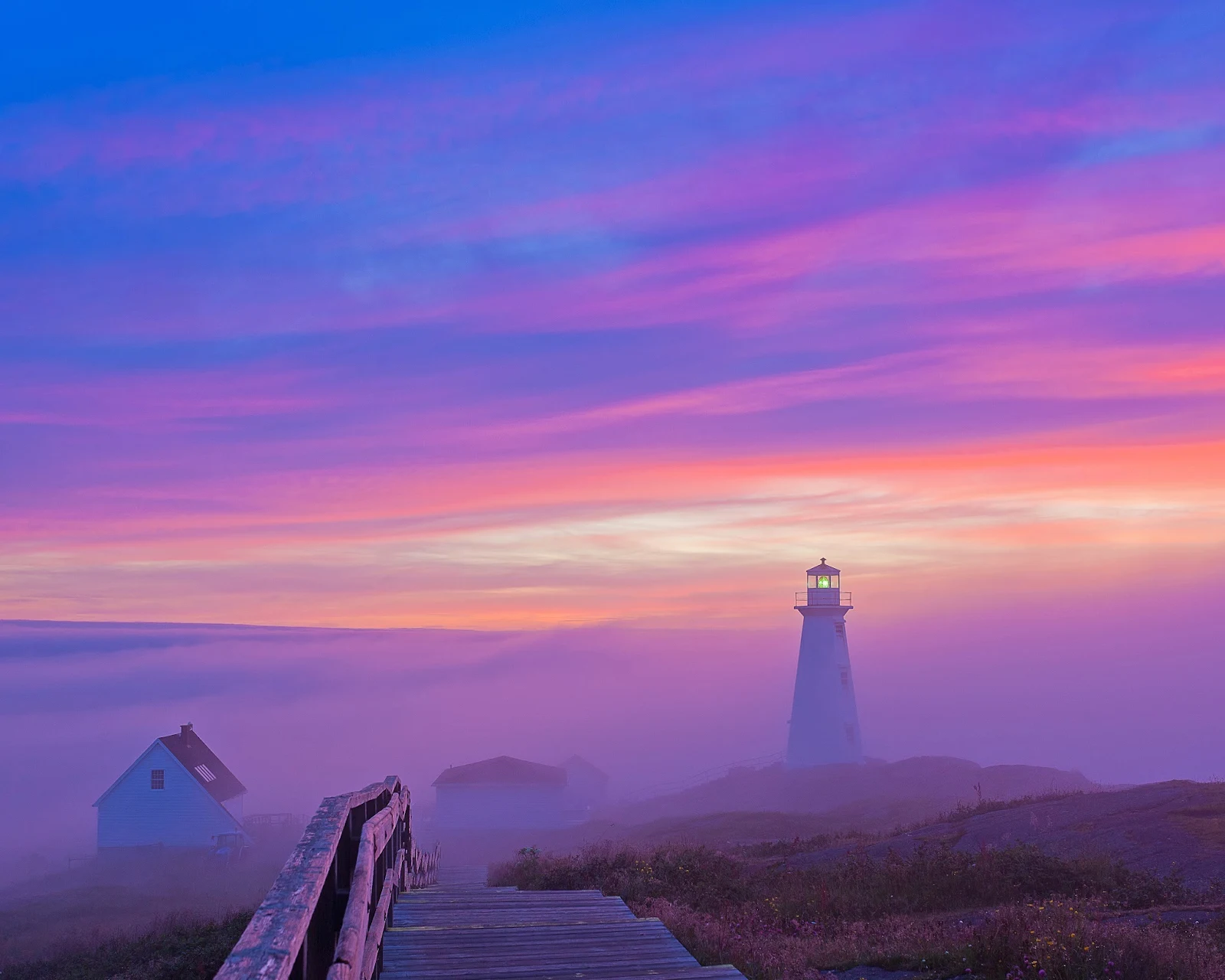+copy.jpg) |
| 2013 Christmas Cheer |
2014; the year I decide that a blog might
well be a means to augment that way I currently organize my thoughts,
impressions and most importantly my souvenirs and memories of my travels
(in addition to my flickr site). It is a possibility that in the past year and
a half I lost my mind. Maybe it’s a side effect of retirement, I don’t think
so. At least with retirement I had a “trial” run, as everyone except for my
family and friends thought I’d be bored silly; I wasn't. So after a five month
leave of absence, I made it official, I retired. Now I get to enjoy the good
life; travelling, working on developing my amateur photographer skills, skiing,
golfing, reading, cooking, sipping wine with friends and family and generally enjoying a stress free existence.
So why do a blog and why now; first and
foremost the blog is for me, as a means to organize my photos into a meaningful
narrative. Secondly, it is for my travelling companions, family and friends; and
finally anyone who may find it of interest. I don’t do “souvenirs”, my photos
are my souvenirs. I rarely have anything to declare when I return and what I do
have are trinkets for family and friends. Beside the camera and related accessories, a reader, a computer and my luggage are more than enough for me to handle, thank you.
 |
| Puffin at Elliston, Newfoundland and Labrador |
Most of my photos have an art focus. That
is, they are of painting, sculptures, objects d’art, interesting architecture, and
archaeological sites. The majority of the remaining photos are of nature and
her inhabitants, after all Mother Nature is the greatest artist of them all. In
part, this blog is a means by which the photos I have taken will have a
shelf-life longer than a couple of months. Don’t get me wrong; I use them for calendars,
travel books, prize and fundraising donations, gifts for friends as well as
posting them to my Flickr site; however the research and narrative are not always
part of those formats. I like to know the where, when, why and who associated with
the pictures, yeah so the science geek is alive, well and can sometimes be very assertive!
So unlike bloggers whose blogs are their means of financial independence, I will be posting as a series of photos
have been processed, researched and their narrative completed. Pictures unless attributed were taken by me and information sources will be noted. Travel and
golf will be my two challenges to the frequency of my posts.
Well this
newbie has her first post completed. The leap of faith has started and only time
will tell if this was one of my better ideas or a total act of lunacy.
+copy.jpg)

.jpg)















+copy.jpg)
